The 1970s were the golden age of bizarre, one-off animated specials that somehow slipped through network executives’ fingers and onto our television screens. Before VCRs were household staples and long before YouTube archives existed, catching these rare animated gems required perfect timing and a bit of luck—if you missed them, they might vanish into the ether forever. These peculiar cartoons, often wedged between primetime slots or aired during holiday seasons, embedded themselves in our collective memory with their strange animation styles, oddball storylines, and occasionally unsettling themes that would never make it past today’s focus groups.
1. “The Bear Who Slept Through Christmas” (1973)
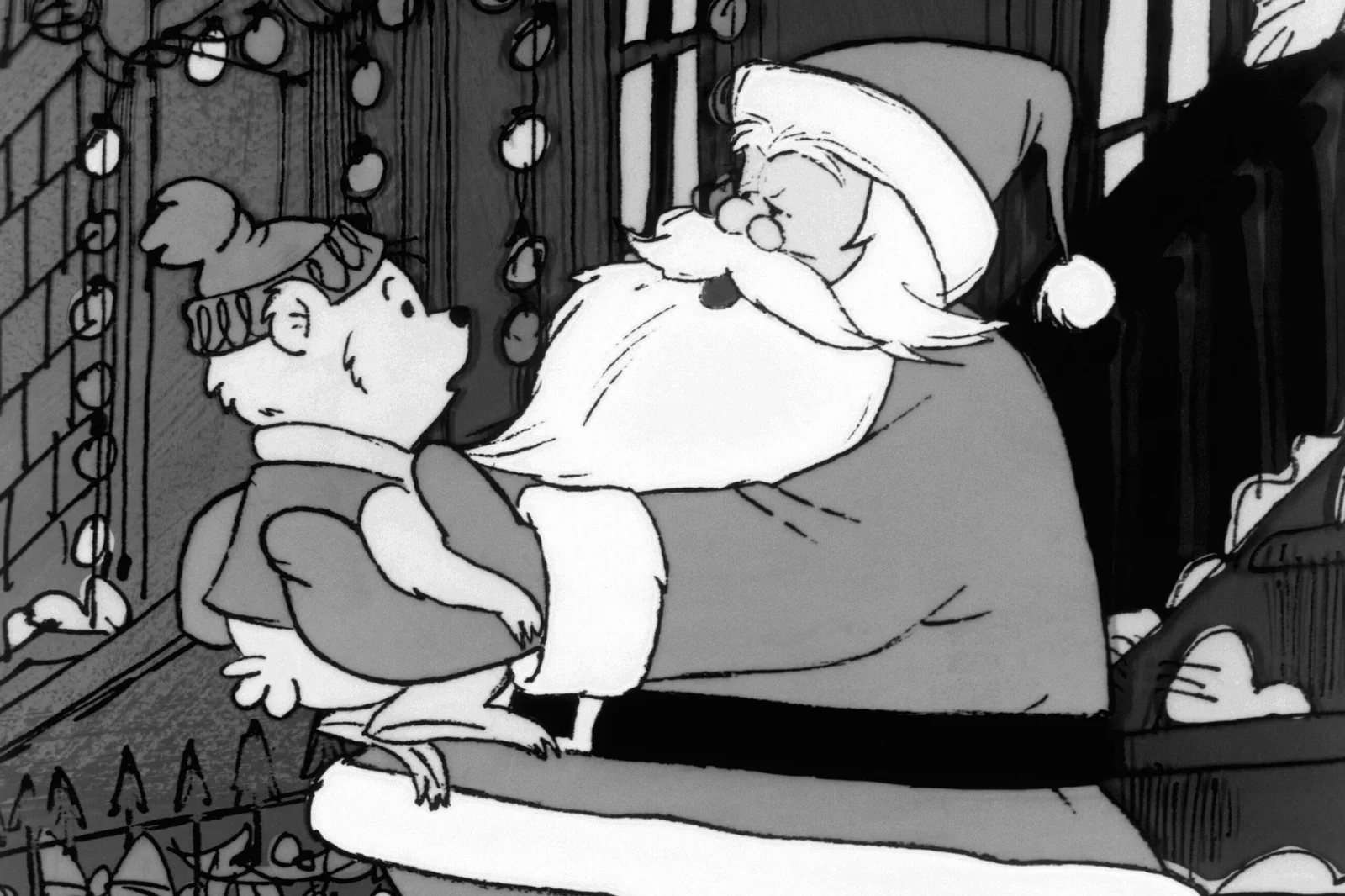
NBC gifted viewers with this peculiar holiday tale featuring Ted E. Bear, a curious bruin determined to stay awake and experience Christmas while his hibernating companions snoozed the winter away. Ted’s journey through the snow-covered human world, with his little suitcase in hand, struck a chord with children who felt like outsiders during the festive season. The animation style—somewhat crude by today’s standards but charmingly authentic—captured that distinctly 1970s aesthetic that somehow made everything feel slightly melancholic yet hopeful. IMDb shows that this quiet holiday feature still has a devoted fanbase.
What made this special stick in viewers’ minds was the unexpected poignancy of Ted finding an equally lonely human friend on Christmas Eve, creating their own makeshift celebration. The voice talents of legendary performers like Arte Johnson and Barbara Feldon elevated what could have been just another holiday cartoon into something truly special. Though it occasionally reappeared in later years, for many viewers that initial 1973 broadcast was their only encounter with Ted’s sweet, slightly bittersweet adventure—leaving them wondering decades later if they’d imagined the whole thing.
2. “A Christmas Carol” (1971)
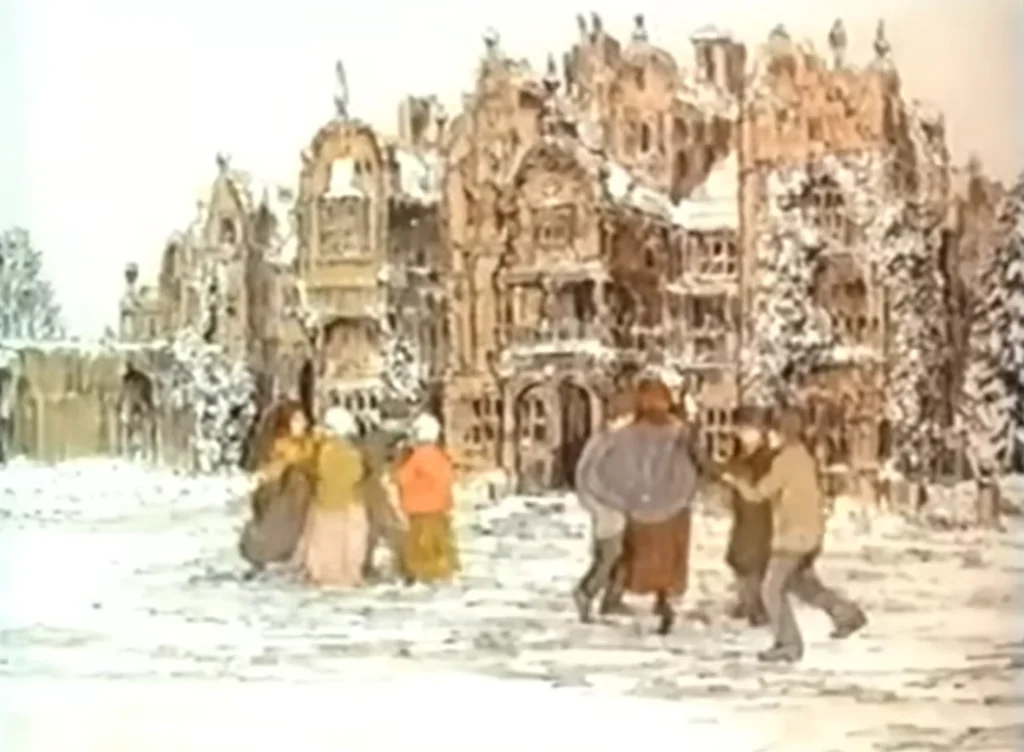
This Richard Williams-directed masterpiece of animation brought Charles Dickens’ classic tale to life with extraordinary artistic sophistication rarely seen in television animation of the period. The special’s distinctive visual style borrowed from Victorian engravings and period illustrations, using sepia tones, dramatic shadows, and occasional bursts of color to create an authentic 19th-century atmosphere. Alastair Sim reprised his definitive portrayal of Ebenezer Scrooge from the 1951 live-action film, providing voice acting of remarkable emotional range as the miser journeyed from bitterness to redemption. Charles Dickens Walking Tour has an overview of the many adaptations that tackled this literary classic.
What established this special as a landmark in animation was its technical brilliance—the fluid movement, detailed backgrounds, and extraordinary character animation represented the peak of hand-drawn artistry, winning the Academy Award for Best Animated Short Film. The ghost sequences particularly impressed viewers with their genuinely unsettling quality—Marley’s spectral jaw dropping unnaturally low as his bandage came undone, and the Ghost of Christmas Yet to Come looming with terrifying scale shifts that exploited animation’s unique capabilities. Though later released for home viewing, that initial ABC broadcast on December 21, 1971, gave American audiences their first glimpse of what many animation historians consider one of the finest animated works ever created for television—a perfect marriage of literary classic and visual artistry that set new standards for what television animation could achieve.
3. “Puff the Magic Dragon” (1978)
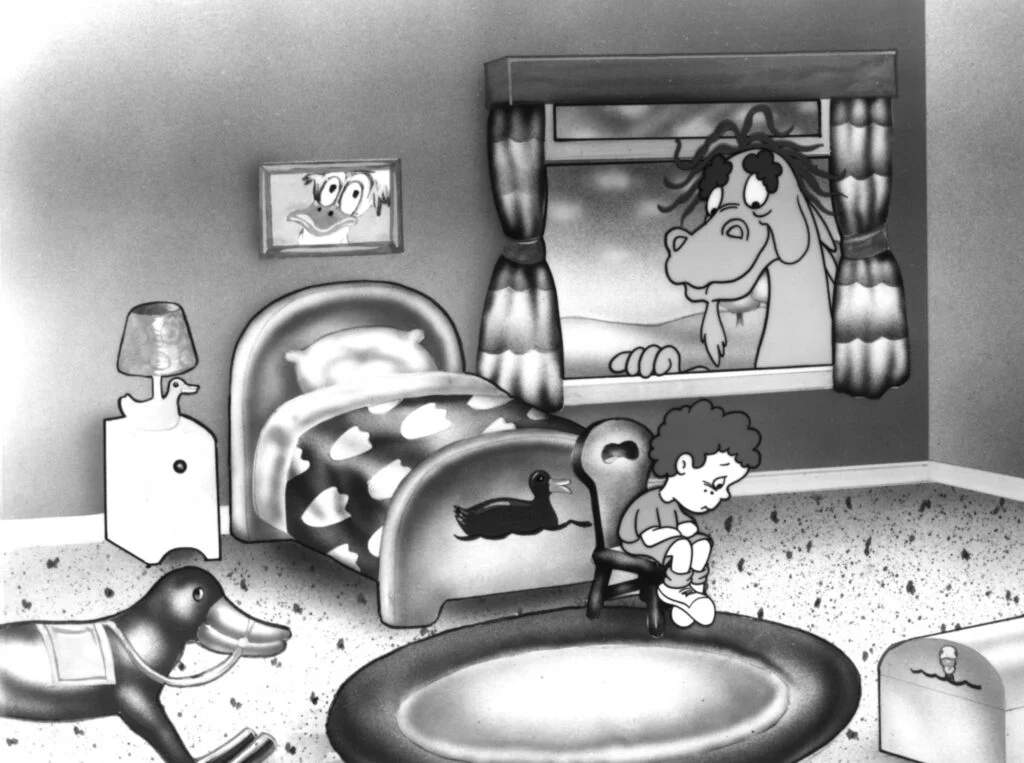
This animated adaptation of the beloved Peter, Paul and Mary song expanded the bittersweet ballad into a full narrative about the friendship between the dragon Puff and a shy boy named Jackie Paper. The animation employed a distinctive watercolor style that gave Honalee a dreamlike quality, with Puff himself rendered in detailed scales that seemed to shimmer as he moved through the fantasy landscape. Burgess Meredith’s gentle narration complemented the visual storytelling, while the expanded musical arrangements of the original song served as emotional touchpoints throughout the special. According to reporting by Deadline several years ago, other studios were eager to turn this surreal song into a surreal production.
What gave this special lasting impact was its courage in addressing themes of childhood’s end and loss—Jackie eventually grows up and away from Puff, just as in the original song, leaving the dragon alone and bereft. The special’s final sequence, where a new child discovers Puff and reawakens his joy, offered a hopeful resolution that suggested childhood wonder never truly disappears but is passed from generation to generation. Though it later appeared in syndication packages, for many viewers that initial CBS broadcast represented a powerful emotional experience—one that helped them process their own bittersweet feelings about growing up while reassuring them that imagination remains valuable even as we age.
4. “The Little Drummer Boy, Book II” (1976)
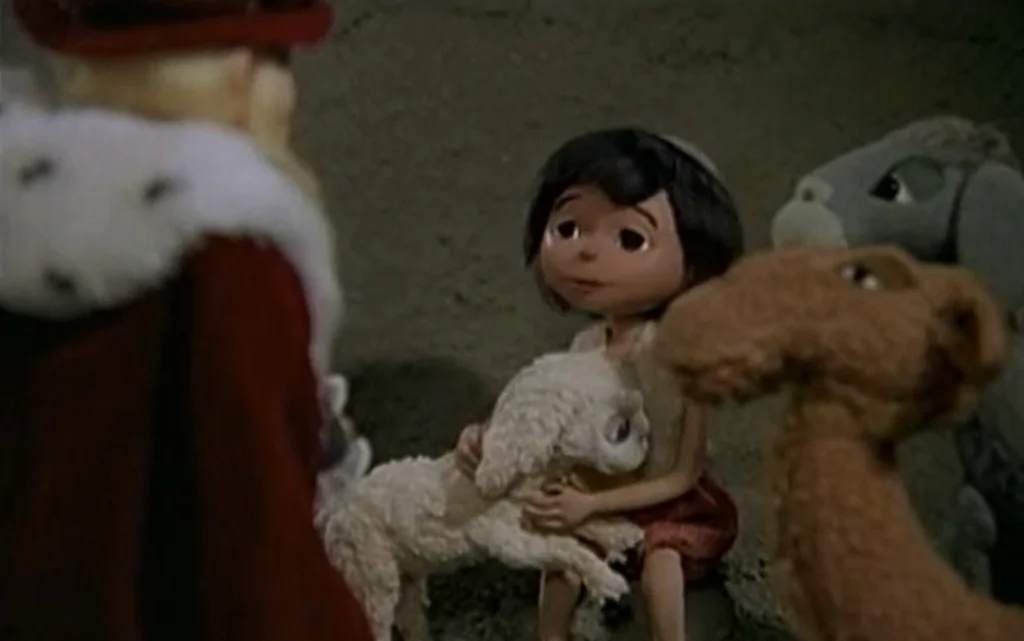
This sequel to the popular Rankin/Bass holiday special aired just once before disappearing from the holiday rotation, continuing the story of Aaron, the drummer boy from the original Christmas classic. The special’s plot involving the theft of silver bells destined for the Christ child took the stop-motion animation in darker directions than most holiday fare, with sequences in Roman dungeons and tense confrontations that sometimes frightened younger viewers. The special maintained the distinctive “Animagic” stop-motion style of the original, but with more ambitious sequences and lighting effects that showcased the evolution of the technique.
What made this special particularly notable was how it expanded the simple nativity narrative into a more complex adventure while still maintaining religious themes rarely found in animated children’s programming. The special’s musical score, featuring original songs performed by the Vienna Boys Choir, gave it a haunting quality that distinguished it from more commercial holiday offerings. Though overshadowed by its more famous predecessor and rarely included in holiday broadcast lineups after its initial airing, “Book II” left an indelible impression on viewers who caught its single broadcast—particularly through its climactic scene of joyful bell-ringing that seemingly brought the stop-motion figurines to life with unprecedented animation fluidity.
5. “The Amazing Cosmic Awareness of Duffy Moon” (1976)
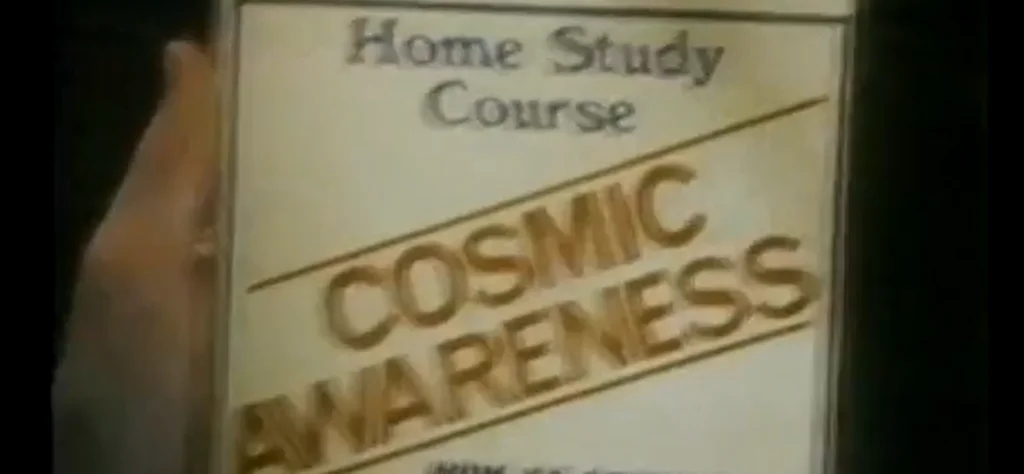
This quirky ABC Afterschool Special combined animation with live-action sequences to tell the story of a small boy who discovers a self-help book that promises to unlock his “cosmic awareness” and help him overcome bullying. The animated sequences represented Duffy’s imagination and inner thoughts, using a distinct style that contrasted sharply with the realistic live-action portions depicting his everyday challenges. The special’s exploration of childhood insecurities and magical thinking resonated deeply with young viewers who also fantasized about discovering secret powers that would solve their problems.
What made this special particularly impactful was its nuanced message about the difference between escapist fantasies and genuine self-improvement—ultimately showing that Duffy’s “cosmic awareness” came not from magical thinking but from developing real confidence through effort. The final sequence, where animated cosmic powers transformed into real-world courage depicted in live action, created a visual metaphor that many young viewers carried with them into adulthood. Though it aired only once in its complete form, this special influenced countless children who, decades later, would still respond to the phrase “cosmic awareness” with knowing smiles and fond memories of Duffy’s journey.
6. “The Enchanted World of Danny Kaye” (1972)
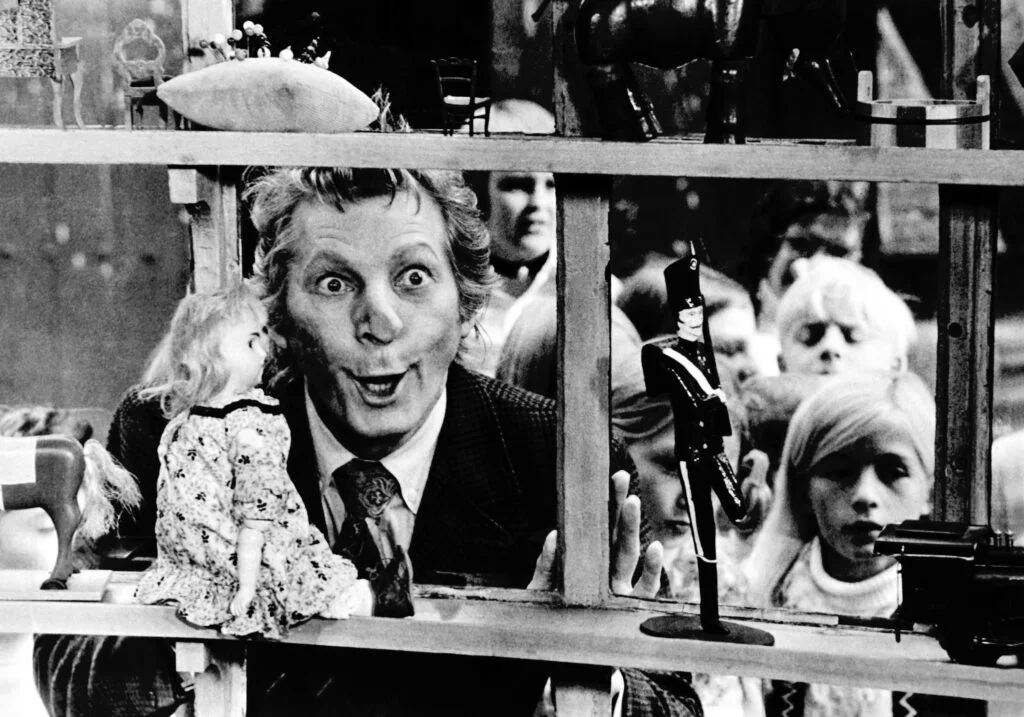
This remarkable special brought beloved entertainer Danny Kaye together with imaginative animation to create a musical journey through classic Hans Christian Andersen fairy tales. Kaye’s live-action segments, where he conversed with animated characters from “The Emperor’s New Clothes” and “The Little Match Girl,” utilized cutting-edge technical processes to create a seamless blend between the real and animated worlds. The animation itself featured a distinctive European style more sophisticated than typical Saturday morning fare, introducing American children to a more artistic approach to cartoon storytelling.
What made this special particularly impactful was Kaye’s genuine warmth and musical talents, which brought authentic emotion to stories that might otherwise have seemed distant or old-fashioned to 1970s children. The special’s handling of “The Little Match Girl,” with its themes of poverty and loss, exposed many young viewers to more complex emotional territory than they typically encountered in animated programming. Though it received critical acclaim during its single CBS airing, the special’s unusual format and production costs prevented it from becoming a regular seasonal fixture—transforming it instead into a half-remembered dream for viewers who caught its lone broadcast.
7. “The Tiny Tree” (1975)
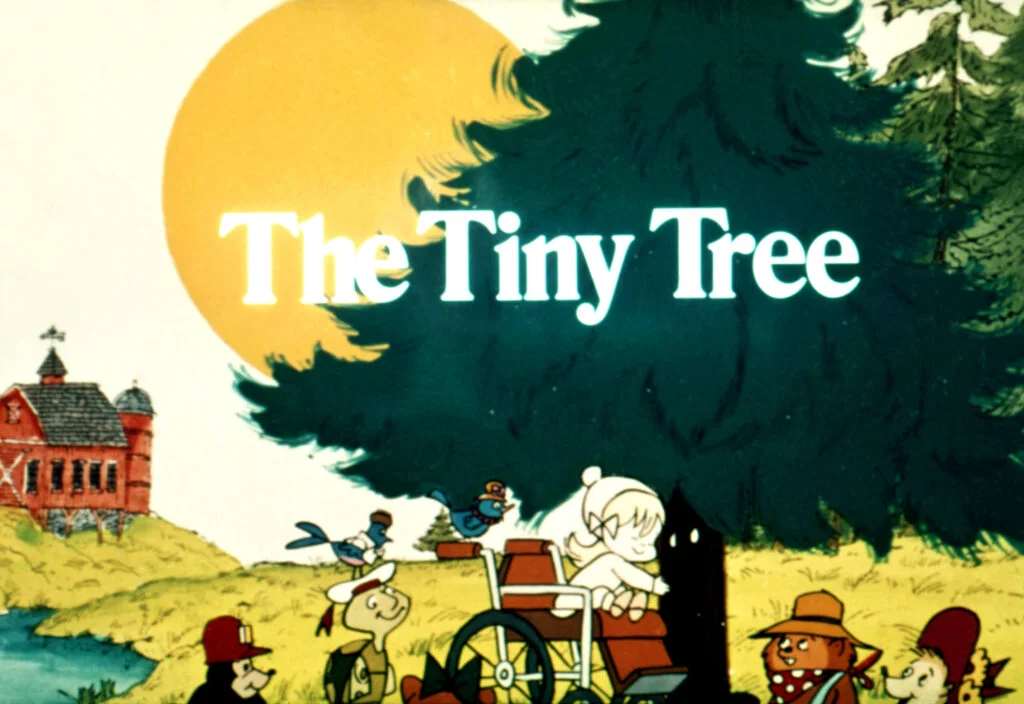
This tear-jerking DePatie-Freleng production aired just once as a CBS special, telling the story of a wheelchair-bound girl named Clarissa who befriends woodland creatures and a miniature Christmas tree with magical powers. The unlikely friendship between the isolated child and the forest beings offered a heartwarming message about finding joy in unexpected places during difficult times. Buddy Ebsen’s narration and Johnny Marks’ (of “Rudolph the Red-Nosed Reindeer” fame) musical compositions gave this special a nostalgic gravitas that stayed with viewers long after its sole broadcast.
The animation featured that distinctive scratchy, somewhat limited style characteristic of mid-70s television, yet somehow this only enhanced the special’s emotional impact. What truly made “The Tiny Tree” memorable was its unflinching approach to disability—unusual for children’s programming of the era—and its message that magic exists not in fantastic transformations but in the connections we forge during our darkest moments. For many viewers who caught this special during its original airing, certain images—particularly the tiny tree glowing with firefly light—became touchstone memories of childhood Christmas television that no amount of searching in TV Guide could ever recapture.
8. “Clerow Wilson and the Miracle of P.S. 14” (1972)
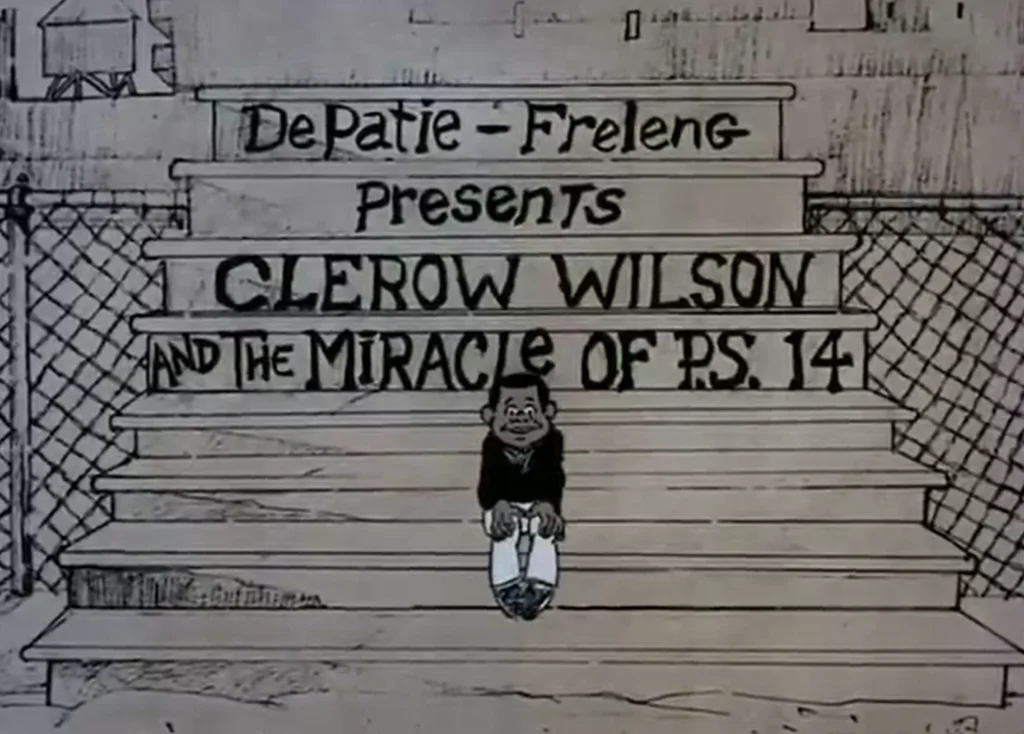
Based on comedian Flip Wilson’s childhood, this animated special followed young Clerow navigating the challenges of an inner-city school with a combination of humor and heart rarely seen in children’s programming of the era. The special’s realistic portrayal of urban school issues—from underfunding to dedicated teachers making the best of limited resources—resonated with viewers from similar backgrounds while opening eyes for those from different circumstances. Its animation style blended traditional cartoon elements with more realistic character designs, creating a visual approach that felt groundbreaking for its time.
What made this special truly ahead of its time was its refusal to sugarcoat challenges while maintaining an ultimately hopeful message about the power of community and education. The voice talent of Wilson himself, bringing authentic personality to the semi-autobiographical character, elevated the material beyond typical animated fare. Though it received positive reviews during its single NBC airing, network hesitation about its urban themes and unconventional approach meant this groundbreaking special never found its way to regular holiday rotation—becoming instead a cherished memory for those lucky enough to catch it.
9. “The Last of the Curlews” (1972)
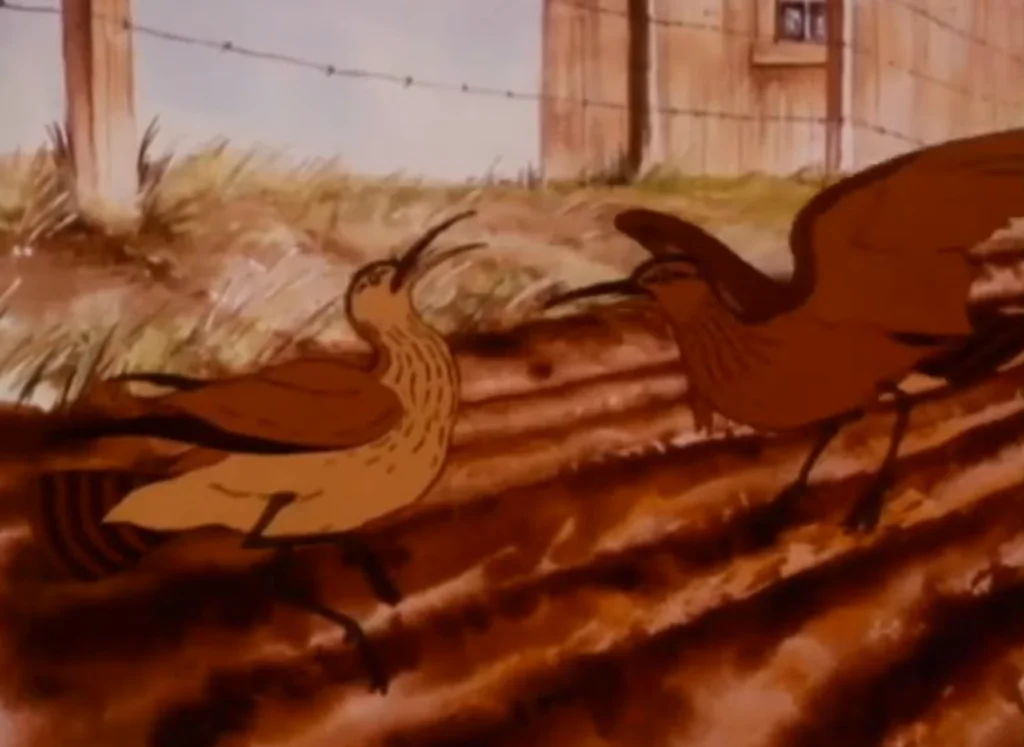
This devastating environmental fable, part of ABC’s “Afterschool Special” series, followed the journey of the very last Eskimo curlew on Earth as he searched in vain for a mate of his species. The animation employed a realistic style rarely seen in children’s programming, accurately depicting dozens of bird species and natural landscapes with scientific precision rather than cartoon exaggeration. The special’s muted color palette and sparse narration created a solemn, almost documentary-like approach to storytelling that respected young viewers’ ability to engage with serious subject matter.
What made this special particularly impactful was its unflinching ending—the curlew ultimately fails in his quest, effectively showing children the permanent reality of extinction without sugary reassurances. For countless young viewers, this special represented their first encounter with the concept that human actions could cause an entire species to disappear forever, planting seeds of environmental consciousness that would grow throughout their lives. Though its challenging themes and deliberate pacing prevented it from becoming a repeat broadcast favorite, “The Last of the Curlews” remained a profound memory for viewers who, decades later, could still recall the powerful emotions it evoked during its single airing.
10. “The Incredible, Indelible, Magical, Physical Mystery Trip” (1973)
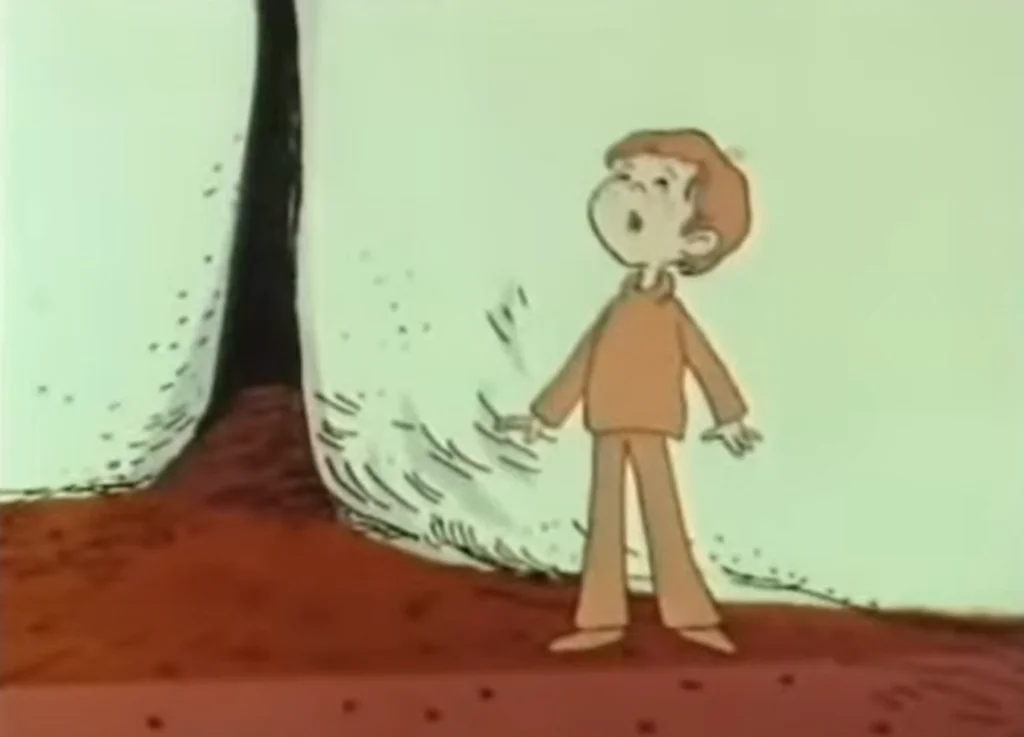
This educational special, sponsored by Kellogg’s, took viewers on a fantastical journey through the human digestive system as two children and their dog are miniaturized and consumed by a friend to learn about nutrition from the inside. The animation blended psychedelic visual elements popular in the early ’70s with surprisingly accurate anatomical details, creating a science lesson that was equal parts educational content and surrealist adventure. Alan Reed (the voice of Fred Flintstone) provided narration that balanced scientific facts with accessible explanations, helping young viewers understand complex bodily functions without feeling like they were being lectured.
What made this special particularly memorable was its catchy musical sequences about proteins, carbohydrates, and vitamins—songs that many viewers could still hum decades later while trying to convince skeptical friends that they hadn’t imagined the whole thing. The special’s climactic sequence, where the children witness nutrients being absorbed into the bloodstream through the intestinal walls in a trippy, light-show effect, represented animation possibilities that seemed almost magical to young viewers. Though it received a limited distribution to schools on 16mm film after its single broadcast, for most viewers this unusual special existed only as a vivid memory—one that blended education and entertainment in ways that seemed to define the experimental spirit of 1970s children’s programming.
Long before streaming services and YouTube compilation videos, these animated specials existed in a curious limbo—powerfully imprinted in our memories yet impossible to revisit at will. The inability to confirm whether these shows were exactly as we remembered—or if they existed at all—gave them an almost mythical quality, turning playground conversations into archaeological digs of shared cultural memory. Now, as fragments of these lost treasures occasionally resurface online, we can finally prove to our skeptical children and grandchildren that we weren’t making it all up—the purple gorilla Christmas special was real, the miniaturized kids really did travel through a digestive system, and that oddly melancholic cartoon about extinction actually happened on a Tuesday afternoon after school in 1972. The magic of these forgotten animated specials lives on not just in fuzzy VHS recordings and digital archives, but in the way they shaped our understanding of storytelling, forming the foundation for the lifetime of viewing that followed.


